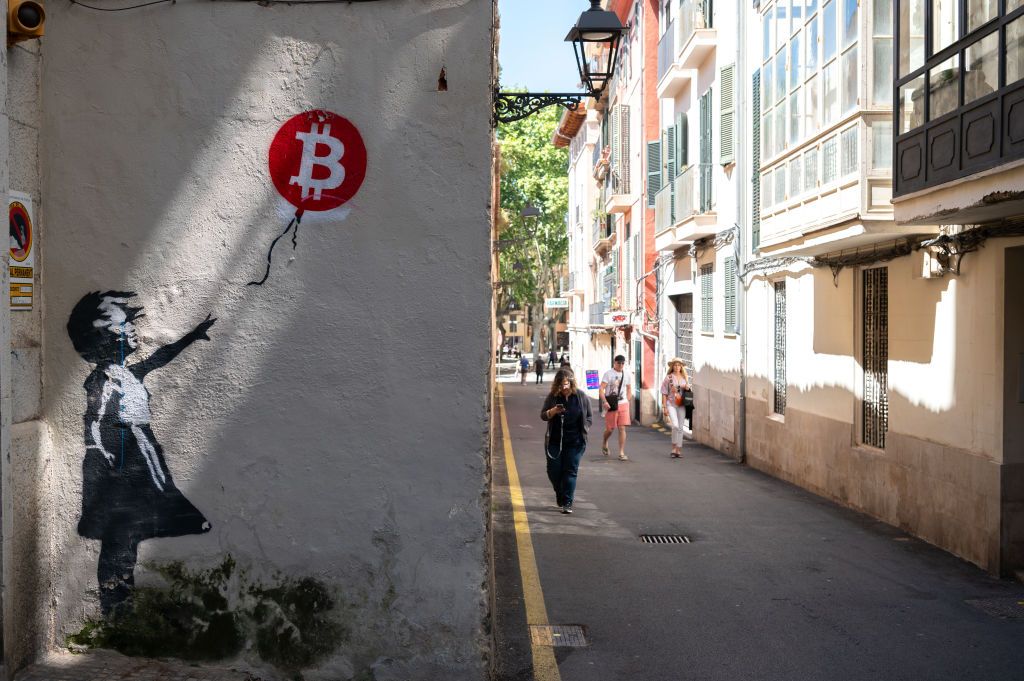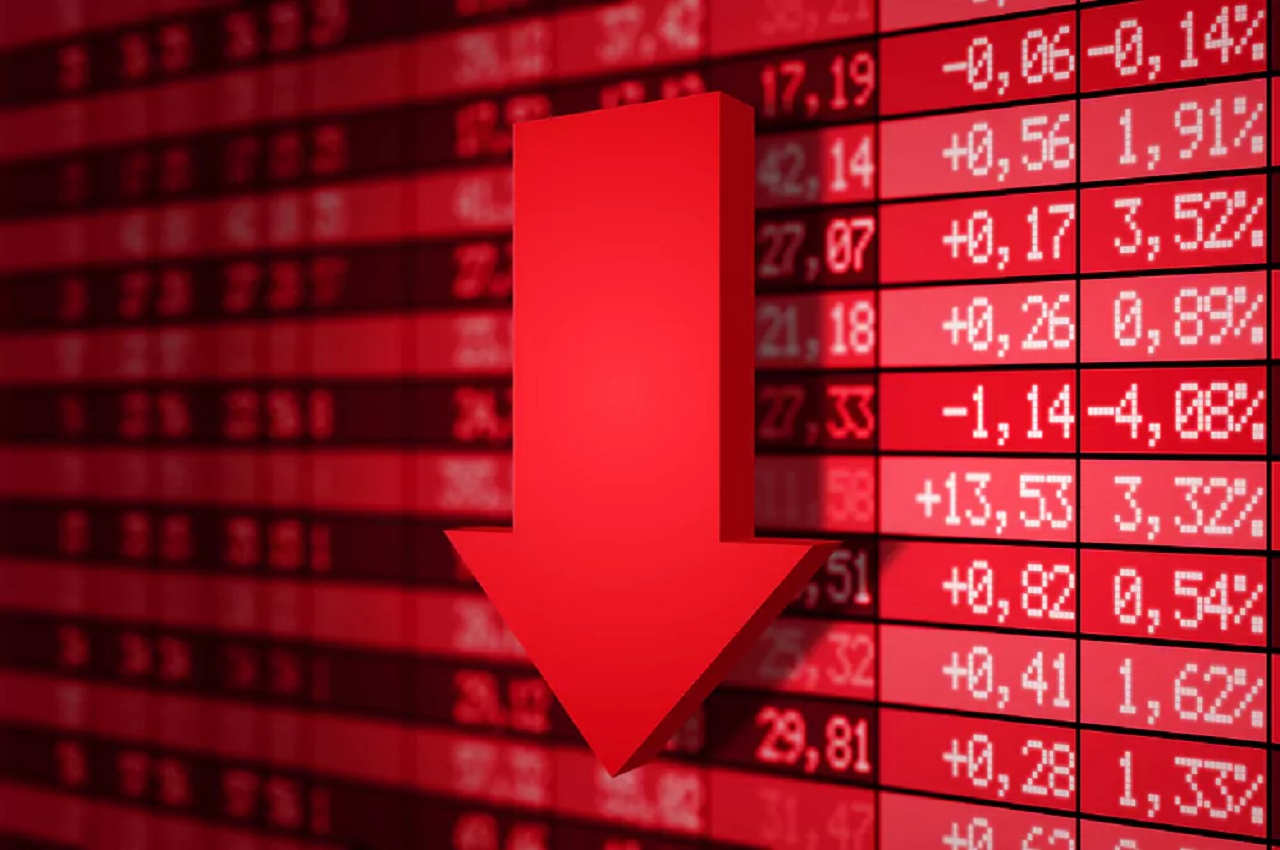Market Volatility and Bitcoin Trends

The VIX index, often referred to as Wall Street’s “fear gauge,” serves as a barometer for the equity market’s expectations regarding 30-day volatility. Recently, this index surged to 39, marking the highest level since October 2020. This spike followed China’s announcement of retaliatory tariffs on U.S. goods, according to data from TradingView.
This sudden increase in the VIX, combined with a notable sell-off in U.S. stock-index futures, led traders to adjust their forecasts for Federal Reserve interest-rate cuts. Estimates rose to an anticipated 116 basis points for this year, up from a previous expectation of 100 basis points prior to the news from China, as indicated by CME’s FedWatch tool.
In the cryptocurrency market, Bitcoin (BTC) experienced a slight decline of 0.7%, trading at $82,500 at the time of this report, after reaching highs above $84,600 earlier in the day. Moreover, Bitcoin’s 30-day implied volatility, as measured by Deribit’s DVOL index, increased to an annualized rate of 54.6%, which is the highest level recorded in the past two weeks.






